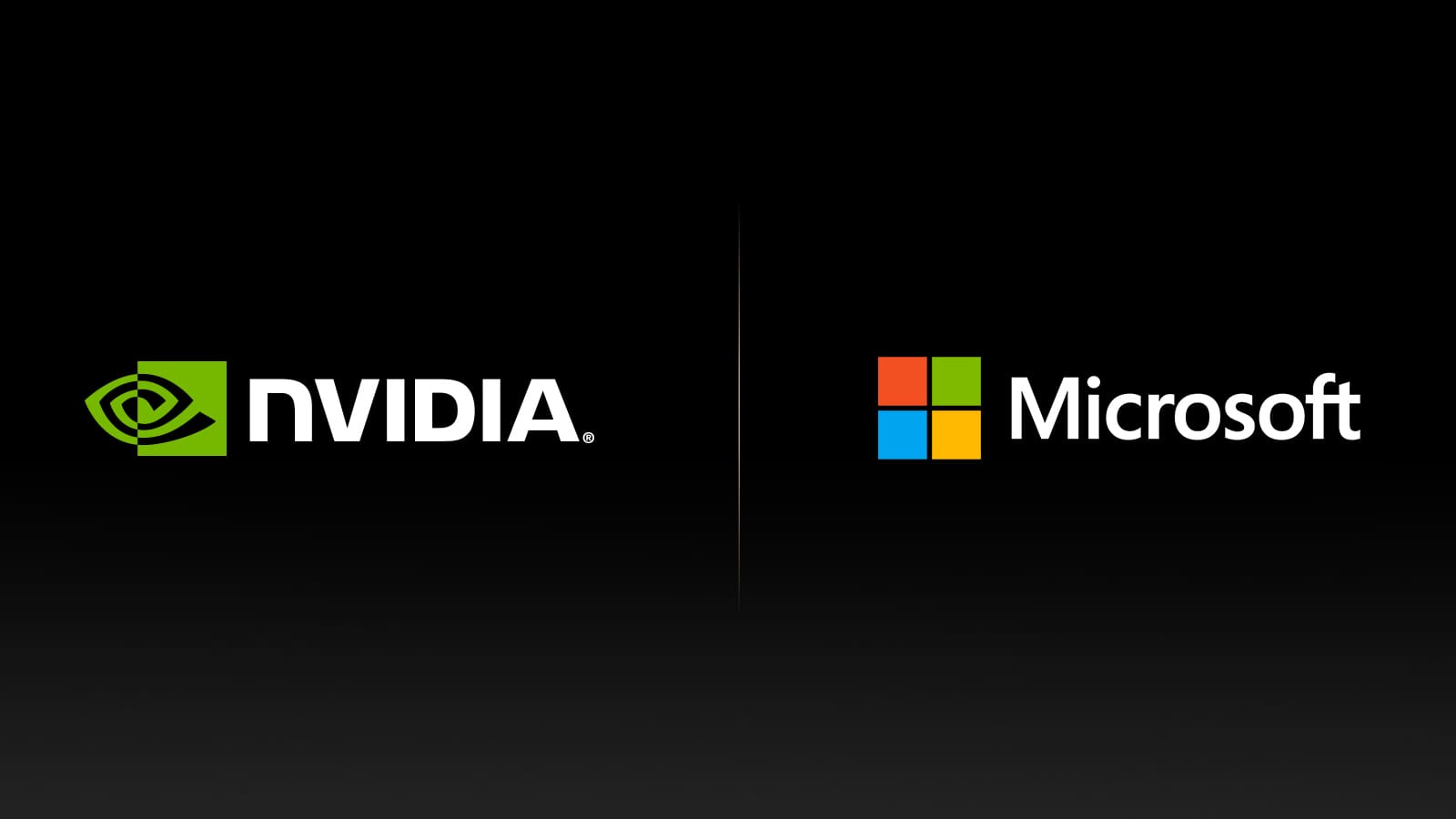NVIDIA has announced the expansion of its collaboration with Microsoft, aiming to help developers build and deploy artificial intelligence (AI) applications more quickly and efficiently. This collaboration is being highlighted at the annual developer event, Microsoft Build, taking place this year in Seattle until May 23.
Optimizations of AI Models on NVIDIA GPUs
The latest AI models developed by Microsoft, including the family of small Phi-3 language models, are being optimized to run on NVIDIA GPUs and will be available as accelerated inference microservices NVIDIA NIM. These models include Phi-3-mini with 3.8 billion parameters, and new small (7 billion parameters) and medium (14 billion parameters) models, as well as a multimodal model with 4.2 billion parameters, Phi-3-vision, supporting images and text.
The APIs for NIM-powered Phi-3 models are available on ai.nvidia.com and through NVIDIA AI Enterprise on the Azure Marketplace.
NVIDIA cuOpt Available on Azure Marketplace
NVIDIA cuOpt, a GPU-accelerated AI microservice for route optimization, is now available on the Azure Marketplace through NVIDIA AI Enterprise. CuOpt utilizes massively parallel algorithms that enable real-time logistics management for shipping services, railway systems, warehouses, and factories.
The cuOpt model has set two dozen world records in major routing benchmarks, showcasing the best accuracy and fastest times. It could save billions of dollars for logistics and supply chain industries by optimizing vehicle routes, saving travel time, and minimizing downtime.
Performance Optimizations of AI on NVIDIA RTX PCs
NVIDIA’s accelerated computing platform is the backbone of modern AI, helping developers build solutions for over 100 million PCs with Windows GeForce RTX and NVIDIA RTX workstations worldwide. NVIDIA and Microsoft are offering new optimizations and integrations to Windows developers to accelerate AI in next-generation applications for PC and workstations. These include:
Faster inference performance for large language models through NVIDIA’s DirectX driver, Generative AI ONNX Runtime extension, and DirectML. These optimizations, now available in GeForce Game Ready, NVIDIA Studio, and NVIDIA RTX Enterprise drivers, offer up to 3 times more performance on NVIDIA and GeForce RTX GPUs.
Optimized performance on RTX GPUs for AI models like Stable Diffusion and Whisper through WebNN, an API that enables developers to accelerate AI models in web applications using local hardware.
With Windows ready to support PyTorch via DirectML, thousands of Hugging Face models will run natively on Windows. NVIDIA and Microsoft are collaborating to scale performance across over 100 million RTX GPUs.
Participation in Microsoft Build
Conference attendees can visit NVIDIA’s booth, FP28, to meet development experts and experience live demonstrations of NVIDIA NIM, NVIDIA cuOpt, NVIDIA Omniverse, and the NVIDIA RTX AI platform. The booth also highlights the NVIDIA MONAI platform for medical image workflows and the NVIDIA BioNeMo AI generative platform for drug discovery, both available on Azure as part of NVIDIA AI Enterprise.
Sessions and Demonstrations
Attendees can also join sessions with NVIDIA speakers to delve into the capabilities of the NVIDIA RTX AI platform on Windows PCs and discover how to deploy generative AI tools and digital twins on Microsoft Azure. Additionally, they can enroll in the Developer Showcase, taking place on Wednesday, to explore how developers are creating innovative generative AI solutions using NVIDIA AI software on Azure.
With this expanded collaboration, NVIDIA and Microsoft are positioned to lead the development and implementation of high-performance AI applications, guiding developers towards a future where AI is an integral part of technological innovation.

